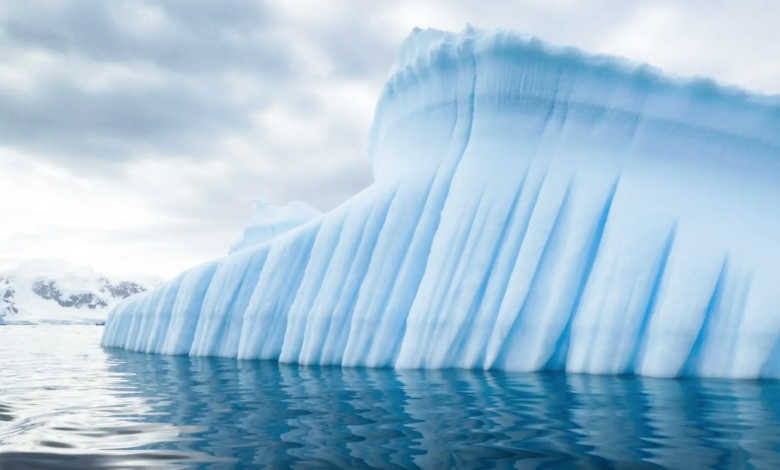Southern Ocean overturning circulation: The largest waterfall on the planet is running out

A study on Nature Climate Change investigates the Southern Ocean overturning circulation
(sustainabilityenvironment.com) – The motion of the Southern Ocean overturning circulation has already slowed by 30% since the 1990s, and could still lose 40% of speed by 2050. With profound consequences for the global climate, as changes in the rainfall regime or regional temperature changes. This is stated by a study published in Nature Climate Change that analyzes the reasons behind the weakening of these currents and the disappearance of the Southern Ocean overturning circulation.
The largest waterfall on the planet
The main reason is the melting of the South Pole ice. Under normal conditions, the waters around Antarctica are very dense and cold. This is the trigger of the reversal of the circulation of the Antarctic ocean, which causes these waters to sink to the bottom, oxygenating them, and bringing them back to the surface, after having dispersed for thousands of kilometers at lower latitudes, fundamental nutrients for much of the global ocean ecosystem. We can think of it as a huge conveyor belt that distributes carbon, oxygen and heat in the oceans of the planet. Or a huge waterfall, as the waters sink from the Antarctic continental shelf to the bottom.
read also Warming of the oceans, in 15 years increase record but we do not know why
Global warming is changing this mechanism, jamming it. The melting of the ice cap of the South Pole sends huge amounts of fresh water into the Antarctic Ocean. The result is that its waters are much less dense, because less salty, and struggle more to sink giving rise to tipping.
The Southern Ocean overturning circulation will change the climate
One of the most important findings of the study, which is based on real data collection and not model processing, is that the slowdown in the Southern Ocean overturning circulation is occurring well ahead of schedule.
What are the consequences? The first and most visible will be the contraction of the ranges of many marine species, forced to adapt to waters less rich in oxygen. Especially those living on the seabed.
The second, truly global in scope, concerns the rise of global warming. This conveyor belt, in fact, is one of the mechanisms that promotes the accumulation and storage on the seabed of large quantities of carbon dioxide and heat. Without it, they will remain more in contact with the atmosphere, thus influencing the global climate.





